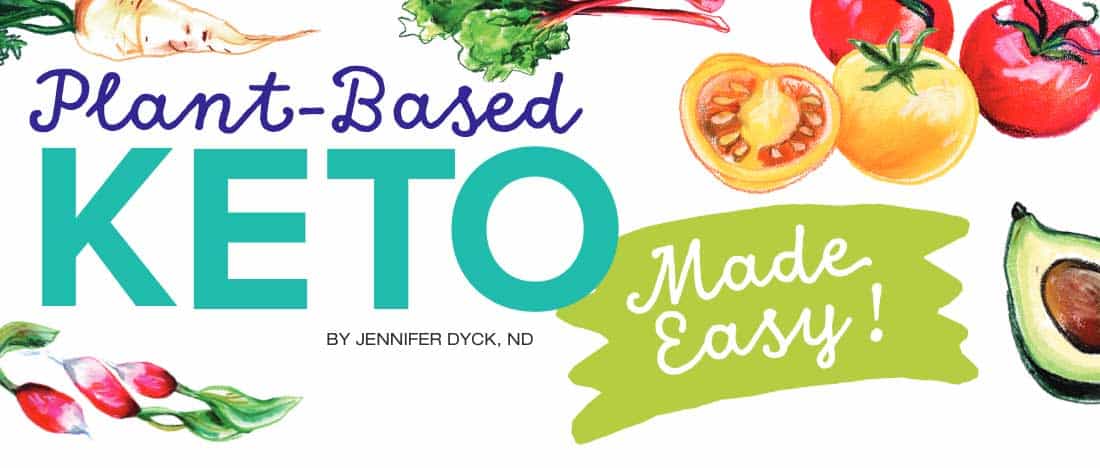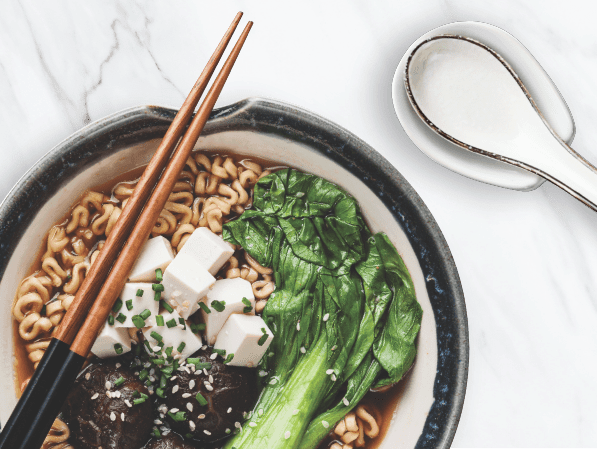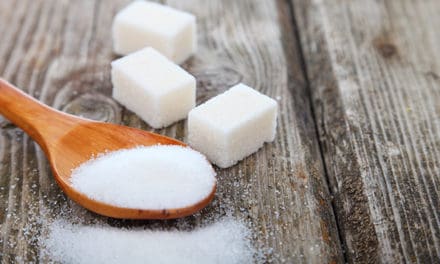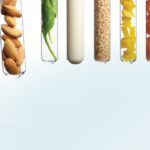
Every time you pick up a magazine or visit a health and lifestyle website you’ve probably seen many articles on the benefits of the ketogenic diet, also known as the keto diet. The keto diet is being touted to increase energy and support weight loss, and who doesn’t want to shed a few pounds!
The keto diet was initially used successfully for people with epilepsy. The diet involves a specific breakdown of proteins, fats, and carbohydrates. On keto you get 75% of your caloric intake from fats – always good healthy fats – 20% from protein, and 5% from carbohydrates. When fat is provided as the primary fuel for the body, water-soluble energy molecules called ketones are produced. Ketones are used as an alternative fuel to glucose and can cross the blood-brain barrier. When you can sustain ketosis, the body maintains ketone production and this synthesis encourages burning fat rather than sugar as fuel.

The keto diet involves the breakdown of proteins, fats, and carbohydrates
BE PREPARED
Animal sources of protein are generally higher in fat than plant-based foods. If you eat animal protein it is easy to get started with a keto diet. However, if you are a vegetarian, a keto diet can be tricky, but it certainly can be done. Be prepared to make avocados and coconut oil your best friends, and wisely choose your plant-based fats. Eat a variety of nuts, seeds, and oils, which could include macadamia nuts, walnuts, pumpkin seeds, chia seeds, and lots of cold-pressed olive oil. Stay away from highly refined oils such as corn, canola, peanut, and soybean oil, and always use non-GMO oils. If you consume dairy or eggs, always choose grass fed and organic free range.
NUTS
AVOCADO
OLIVE OIL
COCONUT
MCT OIL
One more exceptional supplemental food to consider for your plant-based keto diet is MCT oil. MCT oil can be added to smoothies, coffee, and made into salad dressings, or drizzled over your favorite meal. MCT is a medium-chain triglyceride oil derived from coconut oil, but it is the much more concentrated cousin of regular coconut oil. MCT oil contains both caprylic and capric acid which are potent antimicrobial ingredients, and quickly convert to energy in the body.
RED PALM OIL
Red palm oil is another recommended super-food fat. Red palm oil is high in vitamins A and E, and can be used in cooking without giving your food any overpowering flavors. You should however be careful when choosing a MCT oil – always look for products that are sustainable and orangutan friendly.
PROTEIN
To further support your energy levels, you must ensure you are getting enough protein. Consider a vegan blend protein powder, like VEGIDAY®, to provide raw organic plant-based protein that is easy to add to your smoothies and easy on your digestive tract.
SALT
An important factor in the keto diet is getting enough salt. But by salt, I’m not referring to table salt, I mean electrolytes. Sea vegetables like nori and kelp, or natural electrolyte supplements such as WHOLE EARTH & SEA® DEEP OCEAN MINERALS added to water will ensure you don’t lose vital minerals. When on the keto diet, minerals can get depleted, and the term for this is called the “keto flu,” so make sure you are supplementing with a mineral formula or eating nori and kelp.
SHIRATAKI NOODLES
Last, I have to suggest shirataki noodles made from konjac root! They help feed the desire for satiating comfort food, such as pasta, but are essentially zero calories. Shirataki noodles can be used in place of everything from spaghetti to ramen noodles.
Finding a balance for keto is possible if you’re a vegetarian or vegan, but it might require trying new foods and preparing foods you love a little differently. For a few fabulous, delicious, simple, and quick (yes this is possible!) keto recipes, please visit my website. I have tweaked and simplified some delicious keto meals for you to try at home. The almond zoodle bowl and the keto ramen bowl are two of my favorites.
Best in health,
Dr. Jen


INGREDIENTS
BROTH BASE
- 1 L vegetable broth (homemade or store-bought organic)
- ½ medium onion, thinly sliced
- 2 Tbsp grated ginger
- 2 cloves grated garlic
- 1 cup sliced shitake mushrooms
- 1 cup enoki mushrooms (or brown shimeji)
- 5 baby bok choy (can substitute for spinach or watercress)
SEASONINGS & OIL
- 2–3 Tbsp miso paste (red or white)
- 2 Tbsp soy sauce (or tamari, coconut amino acids)
- 1 cup kimchi Chili flakes to taste
- 3 Tbsp red palm oil (to fry tempeh)
NOODLES
- 1 bag shirataki noodles (rinsed thoroughly)
FIXINGS & GARNISH
- Sweet pea sprouts
- Extra kimchi if desired
- Chopped green onions
- Smoked tempeh thinly sliced and pan-fried in red palm oil
- 1–2 boiled eggs (optional)
- 1 Tbsp chia seeds
DIRECTIONS
BROTH
Combine onions and vegetable broth, bring to light boil. Pan fry ginger at medium-high heat for 2–3 mins until fragrant. Add garlic and sauté for 30 sec. Place miso paste, soy sauce, chopped shiitake mushrooms, enoki mushrooms, sautéed garlic and ginger, and ½ cup of kimchi into hot broth.
FINISHING
Add bok choy and shirataki noodles to broth and heat through, about 1–2 mins. Remove noodles, arrange in bowls, and garnish with bean sprouts, tempeh, extra kimchi, sliced green onions, sprinkle with chia seeds. Pour hot broth over noodles, season with chili flakes and serve.
For more recipes and info visit: https://www.fresh-health.ca/recipes












